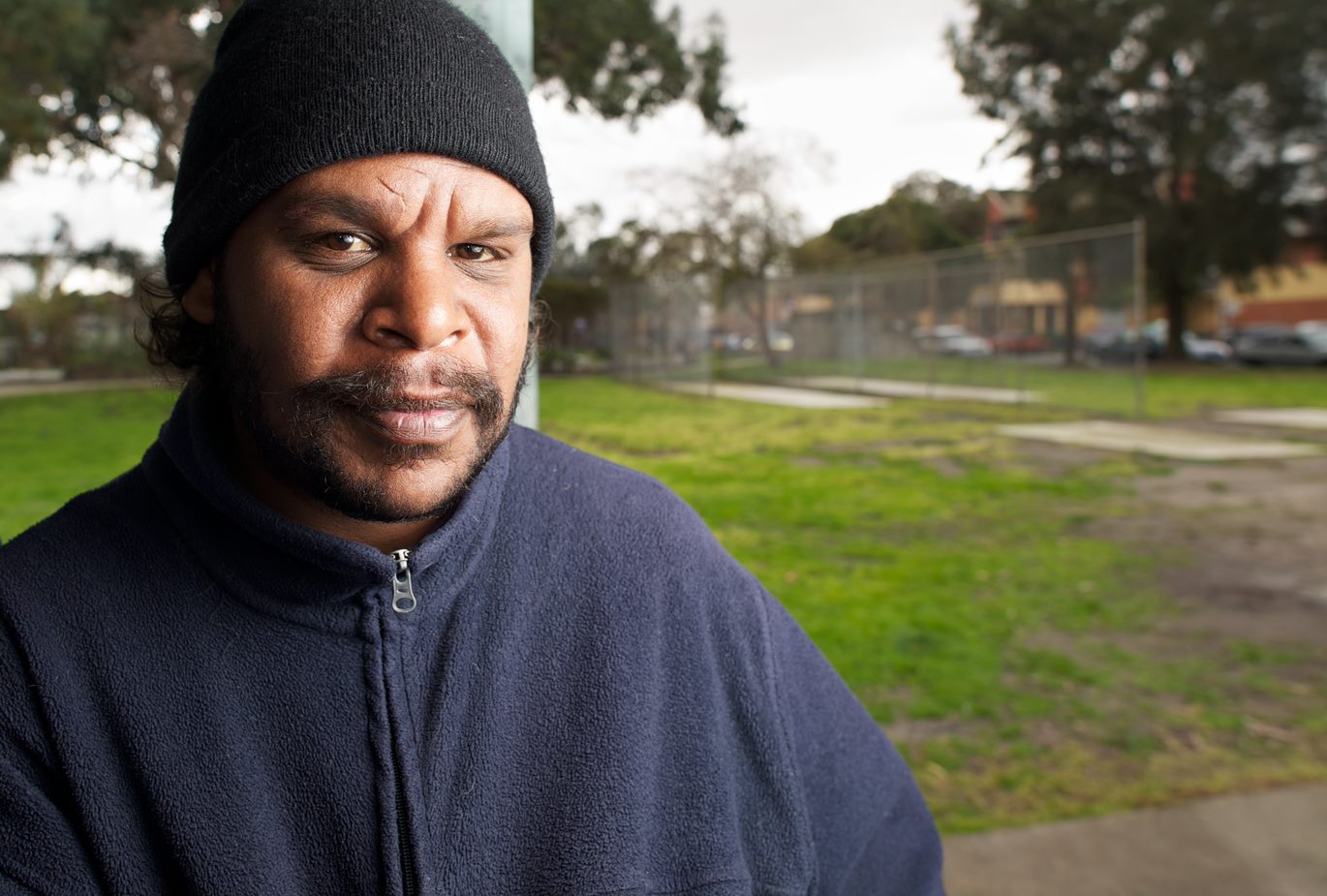Integrating health services to support Aboriginal and Torres Strait Islanders
Around 9,000 Aboriginal and Torres Strait Islander people live-in south-east Melbourne, with the largest number living in the City of Frankston.
Access to health services is a major contributor to health and wellbeing, particularly for Aboriginal and Torres Strait Islander communities given their overall poorer health and the greater need for health care compared with the non-indigenous population. In Australia, chronic diseases were responsible for 64 per cent of the total disease burden for Aboriginal and Torres Strait Islander people.
SEMPHN continues to partner with general practices, providers and local communities to improve health outcomes for Aboriginal and Torres Strait Islander people with chronic health conditions through better access to care coordination, multidisciplinary care, and support for self-management
Integrated Team Care
Integrated Team Care (ITC) is a dedicated service designed to connect Aboriginal and Torres Strait Islander people who have chronic diseases to appropriate services across the region.
The ITC service is key to Australia’s Closing the Gap strategy which aims to improve the lives of Aboriginal and Torres Strait Islander people. One part of the strategy focuses on encouraging Aboriginal and Torres Strait Islander people to routinely access health care.
ITC provides care coordination, where a qualified healthcare worker works with a client to develop a comprehensive health plan that helps the client take more control of their health and achieve their goals. ITC also assists patients to access urgent or essential health services.

Aboriginal and Torres Strait Islanders are:
- More than twice as likely to smoke
- 2 times more likely to be obese, and eat fewer fruits and vegetables
- Three times more likely to report high or very high levels of psychological distress than non-Indigenous people.
In 2019-20, SEMPHN worked closely with commissioned providers, Dandenong and District Aborigines Co-operate Limited (DDACL) and Star Health to deliver these services across the region.
In partnership with these providers, SEMPHN also equipped general practices with culturally appropriate tools, education and resources to assist in better managing clients who identify as Aboriginal and Torres Strait Islanders.
DDCAL also developed “Culturally Appropriate” door stickers to registered providers under the Closing the Gap program to notify clients that they are a culturally safe place for Aboriginal and Torres Strait Islander people to access care.
In 2020, COVID-19 tested the resilience of local communities which led to an even stronger need to continue these services during this time.
DDCAL and Star Health were able to put flexible supports in place to assist these communities to cope through the pandemic. Star Health was able to provide care packages to people accessing the ITC service, which included food staples, toiletries, activity packs and COVID-19 information and Personal Protective Equipment (PPE).
Key highlights
ITC program provided over 12,000 care coordination activities across the region. These included:
- Arranging services as part of the client’s care plan
- Supporting clients to follow through with treatment, for example, encouraging use of medication where required
- Assisting clients to develop self-management skills for their chronic condition
- Connecting with appropriate community-based services to help with clients’ day-to-day living
- Providing clinical care in line with the care coordinator’s scope of practice.
“As we have built such strong relationships with our clients over the last few years, we have been able to maintain regular contact with them and continue providing support throughout the pandemic, as well as monitoring their physical and mental health,” Care Coordinator, Star Health.
Connecting services and coordinating care
Jacob’s story
Forty-six-year-old Jacob (not his real name) is an Aboriginal man who experiences the challenges of chronic pain and heart disease. For the past six months, Jacob has been accessing the ITC service through DDCAL. When he first came to DDCAL, his health caused him frustration as it limited his day-to-day activities.

The ITC service connected Jacob with a care coordinator, who, alongside Jacob and a general practitioner, developed a care plan that would help Jacob manage his health, including appointments, purchasing medical aids, and access to other care.
Since accessing the ITC service, Jacob’s health conditions have become more manageable, and Jacobs says he’s thankful for the input from the ITC service.
“I’m happy with the arrangements made by the ITC program and I understand more about the steps I need to take to manage my health into the future,” – Jacob







 Integrating Health Services to Support Aboriginal and Torres Strait Islanders
Integrating Health Services to Support Aboriginal and Torres Strait Islanders